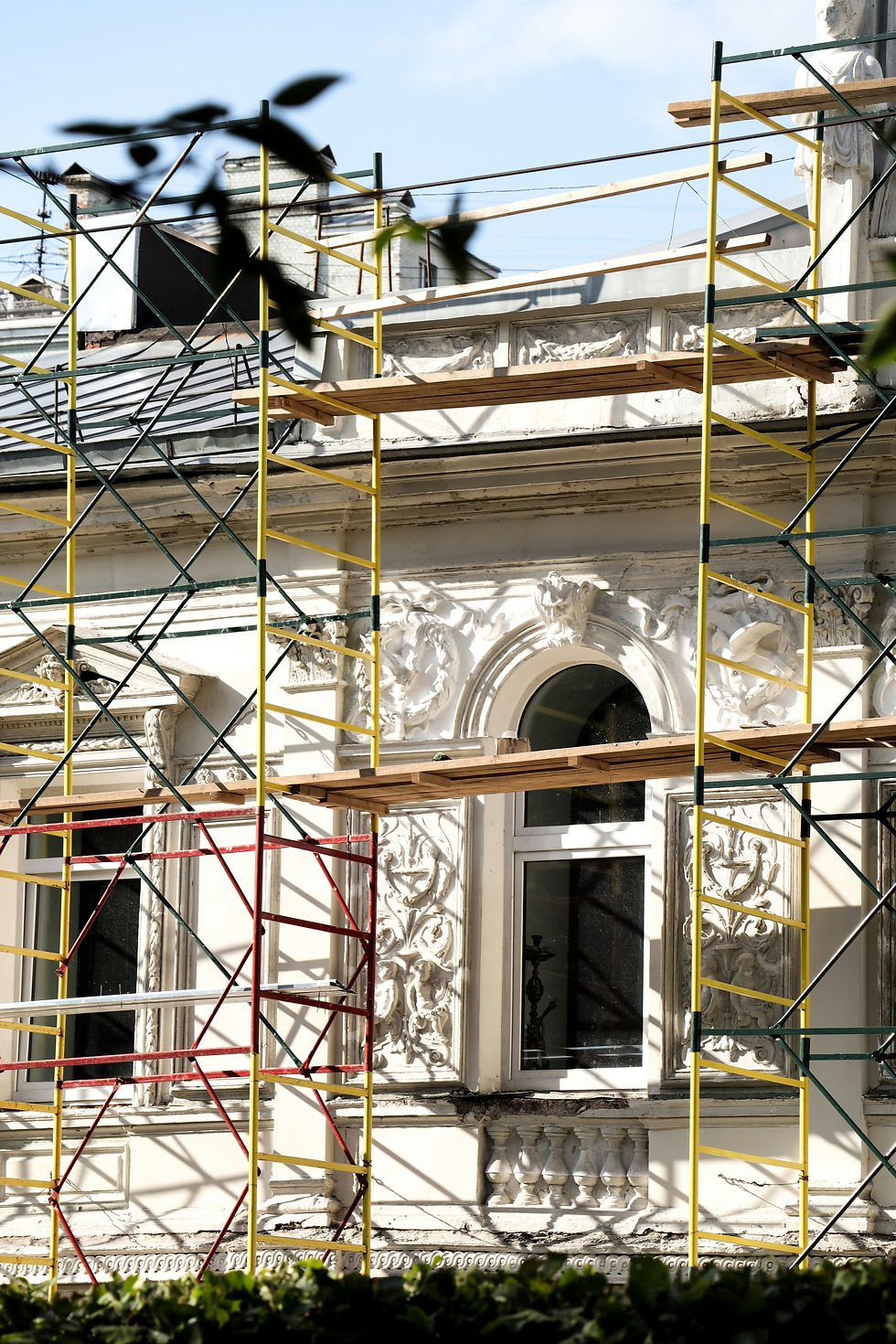What Are Capital Expenditures (CapEx) in NYC Real Estate? A Beginner Investor’s Guide
- gary wang
- Jun 6
- 2 min read
📘 Why You Must Understand CapEx as an NYC Investor
New to the world of New York City real estate investing? One of the most important (and often overlooked) terms you need to understand is Capital Expenditures (CapEx). These are the major costs that can make or break your investment's long-term returns.
🛠️ What Are Capital Expenditures (CapEx)?
Capital Expenditures (CapEx) are large, one-time investments made to improve, upgrade, or extend the life of a property. These go beyond routine maintenance and are usually non-recurring in the short term.
Examples of CapEx in NYC Properties:
Roof replacement
Boiler or HVAC system upgrade
Kitchen or bathroom renovations
Elevator modernization
Window replacements
Facade or structural repairs
Local Law 11 compliance (for building exteriors)

💰 CapEx vs. Operating Expenses (OpEx): Know the Difference
Capital Expenditures (CapEx):
Long-term improvements
Not deductible for taxes in the same year (depreciated over time)
Adds to the property’s value
Operating Expenses (OpEx):
Recurring costs (e.g., utilities, management fees, minor repairs)
Fully tax-deductible in the year incurred
Keeps property running, but doesn’t improve its long-term value
📌 Pro Tip: Always separate CapEx from OpEx in your budget. Mixing the two can distort your cash flow analysis.
🧮 How to Budget for CapEx in NYC
In a market as old and complex as NYC, CapEx should be planned for annually, even if you don’t spend it every year.
Typical CapEx Allocation:
Set aside $250–$500 per unit, per year for multifamily buildings. For larger or older properties, increase the amount.
🏢 CapEx and Property Value: How It Impacts Your Bottom Line
Investors use CapEx strategically to:
Increase rentability (e.g., modern appliances or in-unit laundry)
Command higher rents
Improve building efficiency (e.g., LED lighting, energy-saving boilers)
Comply with NYC regulations (e.g., Local Law 97 for energy standards)
The right CapEx can yield long-term gains, increase asset appreciation, and even improve your refinancing or resale position.
📊 NYC-Specific CapEx Considerations
Owning in NYC means dealing with:
Aging infrastructure: Many buildings are 50–100+ years old
Strict building codes and permits: Budget time and soft costs
Regulatory mandates: Think Local Law 11 (facade safety), Local Law 97 (emissions), and HPD compliance

🧠 AI Tip: Use Tech to Predict and Plan CapEx
Leverage AI-powered platforms like:
BuildingAdvisor.com for lifecycle cost estimation
Property management tools like AppFolio or Buildium for CapEx tracking
These help anticipate large expenditures, evaluate impact on ROI, and support data-backed decision-making.
🏁 Conclusion: Plan for CapEx, Profit with Confidence
In NYC real estate, CapEx isn’t optional—it’s inevitable. But it doesn’t have to be scary. With smart planning and a long-term view, capital improvements can protect and grow the value of your investment for years to come.




Comments